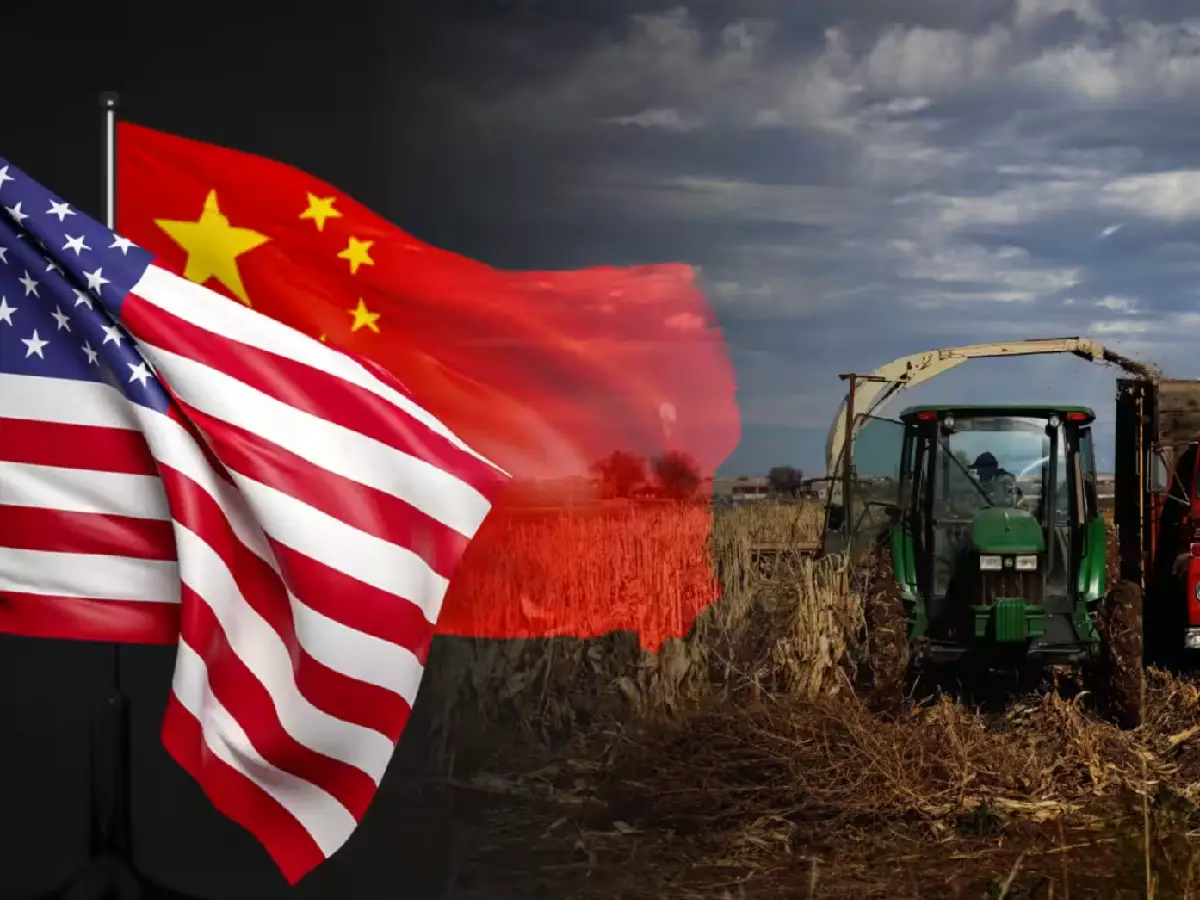The escalating trade tensions between the United States and China have taken a significant turn, impacting various sectors, notably agriculture. As the third-largest purchaser of U.S. agricultural products, China’s recent implementation of retaliatory tariffs on American goods casts a shadow over the U.S. farming industry, forecasting challenging times for farmers across the nation.
Agriculture has always been a cornerstone of the American economy, contributing significantly to the nation’s GDP and employment. U.S. farmers rely heavily on export markets to sell their produce, and China has been a crucial player in this arena. The trade rift, prompted by the U.S imposed tariffs on Chinese goods, aiming to encourage American manufacturing and to penalize China for what the U.S. sees as unfair trade practices, has led to a tit-for-tat situation affecting billions worth of goods on both sides.
The new set of tariffs introduced by China targets a wide range of American agricultural goods including soybeans, wheat, corn, and a variety of other produce that form the backbone of the agricultural export sector. This move by China is seen as a strategic blow, as American farmers are already grappling with low commodity prices and global surpluses. For instance, soybeans, which are the United States’ most valuable export to China, have seen prices plummet as inventories build up, hurting farmers who had been seeing this market as a lifeline amidst domestic price pressures.
The impact of these tariffs is palpable amongst farmers. Many are reconsidering their planting decisions, wary of growing crops that are subject to heavy tariffs and thus less likely to yield profitable returns. The loss of the Chinese market might force farmers to look for alternative markets, which could be less lucrative or more competitive. This reality spells financial instability for the farmers, working on thin margins and already saddled with substantial debts.
Moreover, reacting to these developments, the U.S. government has proposed a multi-billion-dollar aid package to help relieve some of the financial strains faced by American farmers. While this short-term relief may provide temporary economic respite, it does not offer a sustainable solution to the heart of the problem — loss of a significant export market.
The broader economic implications are also worth noting. The agricultural sector’s challenges contribute to rural economic distress, which can spill over into other areas of the economy. Financial instability in agriculture can lead to decreased agricultural equipment sales, job losses in connected industries, and diminished economic activity in rural America, where farming is often a major economic driver.
As both countries stand firm on their trade policies, the likelihood of a quick resolution seems slim. Diplomatic efforts continue to resolve these tensions, but the uncertainty only contributes to market volatility, affecting strategic decisions in the agricultural sector and beyond.
Farmers, policymakers, and trade experts are urging a return to the negotiating table, stressing the importance of trade relations that benefit both economies. They argue that resilient, honest, and fair trade agreements are essential for a stable global economy. The real challenge lies in crafting solutions that address underlying issues without sacrificing the livelihoods of thousands of farmers.
As it stands, the future of U.S. agriculture hangs in a delicate balance, contingent on trade policies and international relations. The situation serves as a critical reminder of the global interdependencies in trade and the profound impacts domestic policy decisions can have on global scales, especially within the agricultural sector.










